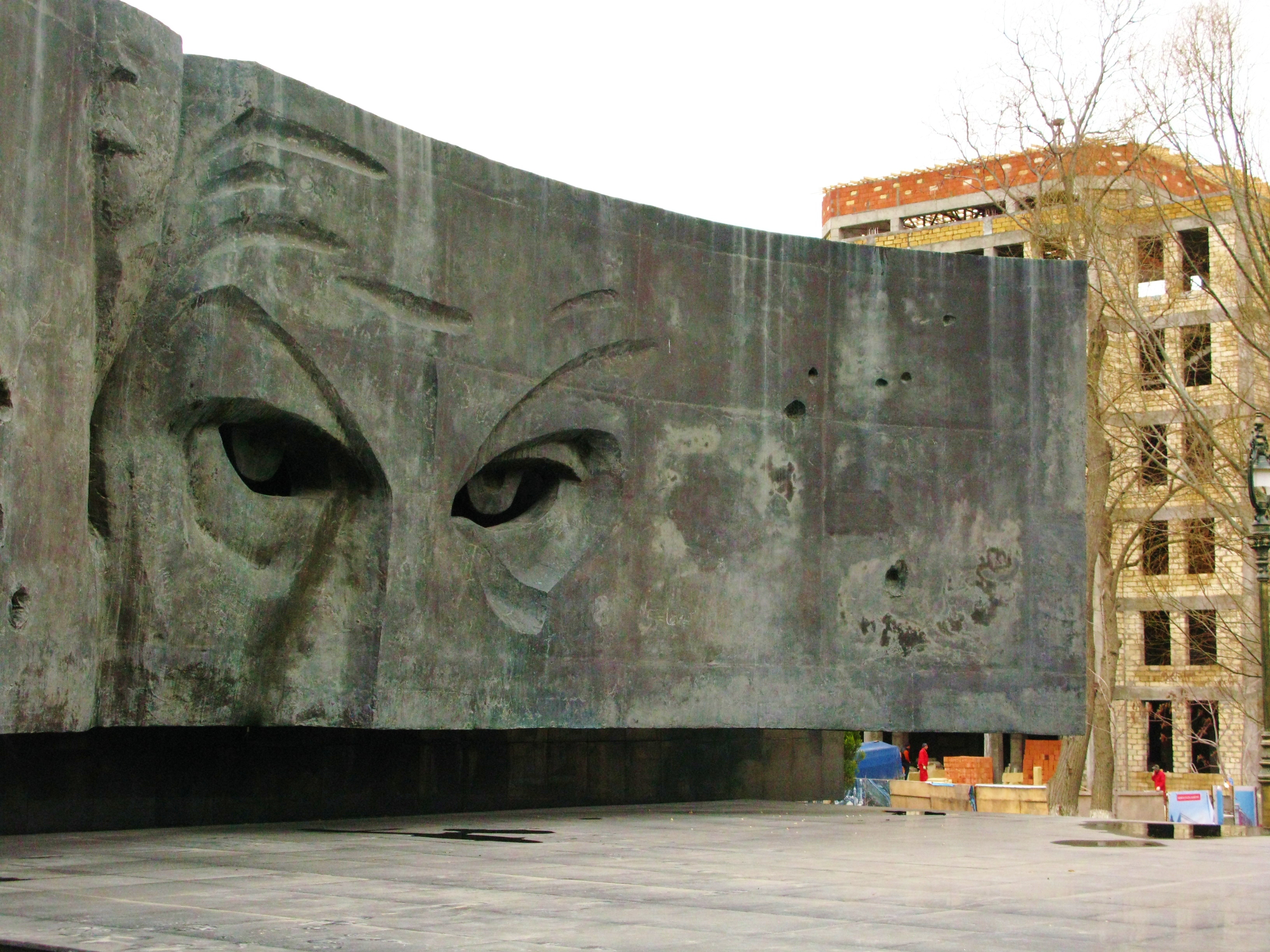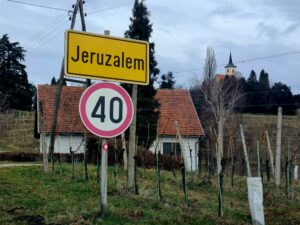Of all the phobias I’ve come across (not to mention the choice few I have cultivated myself), statue phobia has to rank up there as one of the ones I have the most difficulty in understanding. I say this as a statue lover – I use Jozsef Attila as a resident shrink and have spent many an hour in his company, seeking solace and advice (Let’s face it: perched in perpetuity on the side of the Danube, he ain’t exactly going anywhere…and a woman couldn’t ask for a better man to listen to her). I say this as someone who waves and greets the moving effigy of Bajcsy Zsilinszky on Erzsebet Tér every time I pass, often going out of my way just to say hello! And we won’t even start with Karinthy and his bespectacled head! I have mild obsessions about a lot of things, but statues … they rank right up there at the top.
I can understand automatonophobia – the fear of wax statues (and ventriloquist’s dummies and animatronic creatures) as they leave me cold. I can even understand a fear of statues when classified as large objects and falling into the realm of megalophobia. But real statues, on their own? I’m mad about them. So much so that the only thing on my list of things to do in Baku was to see the ‘big brother’ statue in Zorge Park. And when I did, I began to see why those of fainter heart might go weak at the knees.
This memorial sculpture commemorates the Baku-born spy Richard Zorge. Most of his spying was done in the guise of journalism. When in China, he developed quite a reputation as an expert in Chinese agriculture. When undercover in Nazi Germany, much of his intelligence gathering was in beer halls, and fond as he was of a drop, he gave up the drink in case he said too much while under the influence! But his main claim to fame was blowing the lid on Operation Barbarossa – informing the Soviets that the Germans intended to attack on 21 June 1941 (information Stalin chose to ignore). Such a scoop was a hard act to follow, and later, when working in Japan, he was found out and summarily executed in 1944. His lover, Hanako Ishii, apparently continued to visit his grave until her death in 2000.
Ian Fleming reckons he was ‘the most formidable spy in history’. Tom Clancy has him down as ‘the best spy of all time’. Le Figaro called him ‘Stalin’s James Bond’. Me? I’m fascinated by his eyes.
Share this:
- Click to share on Twitter (Opens in new window)
- Click to share on Facebook (Opens in new window)
- Click to share on Pinterest (Opens in new window)
- Click to share on LinkedIn (Opens in new window)
- Click to share on Reddit (Opens in new window)
- Click to share on WhatsApp (Opens in new window)
- Click to share on Pocket (Opens in new window)
- Click to share on Telegram (Opens in new window)
- Click to email a link to a friend (Opens in new window)








2 Responses
This article made me wonder how many aspiring writers to go ask Anonymous–in your very own Budapest– for advice when facing difficulties or looking for explanations (statue by Miklós Ligeti, near Vajdahunyad Castle). I have lovely memories of strength of that monument, but still haven’t reconciled my attraction to it with the fact that historically, Anonymous was most often a woman, and I get a definite masculine vibe from the statue.